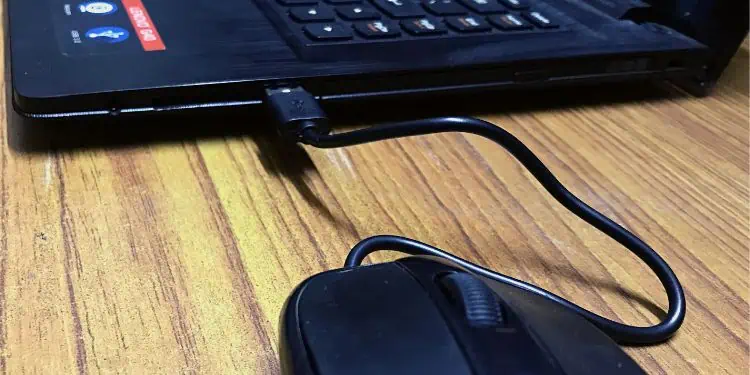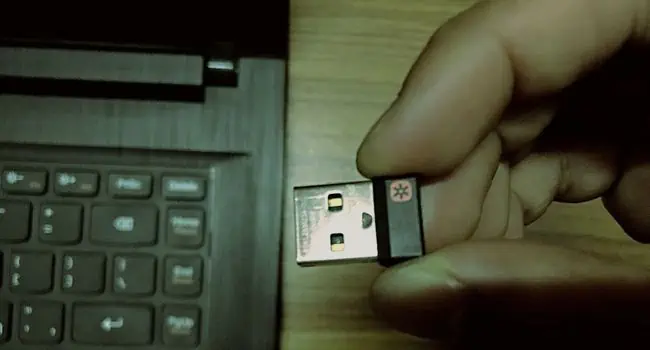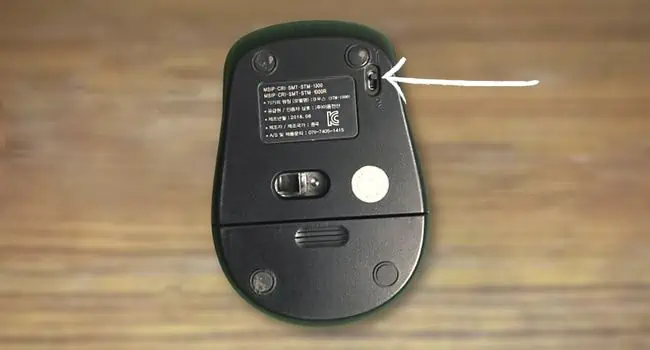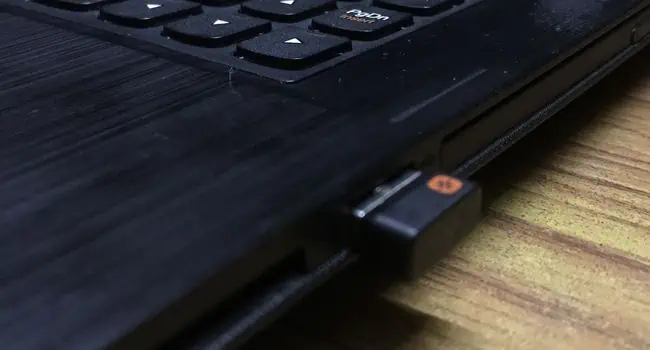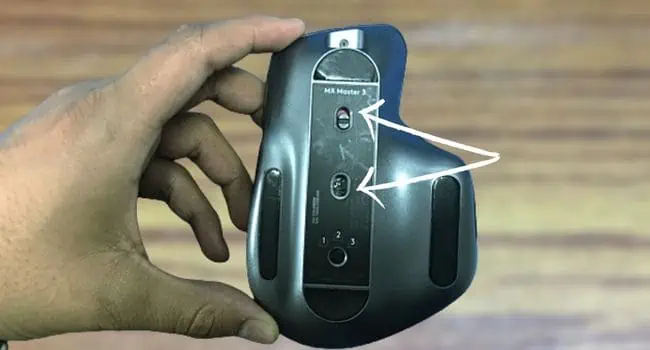A computer mouse comprises different components—buttons (left & right), a scroll wheel, sensors, a rubber/metal ball, and front/side buttons. All these are responsible for the proper functioning of the pointing device and assist users with easy navigation in the GUI. When any of the components get clogged or damaged, it may not work as expected.
While hardware faults are common in wired mice, connection issues and interferences are usually responsible for wireless ones. Apart from that, corrupted drivers, firmware, and settings are also to blame. Let’s look into the different types of mice, common issues, and how to solve each of them in detail.
Note:In this article, we are going to solve all the common types of issues for different types of mice. But for some troubleshooting, you might require connecting a working mouse or you may simply use your keyboard to move the cursor. If you’re a laptop user, you may use your touchpad as well.
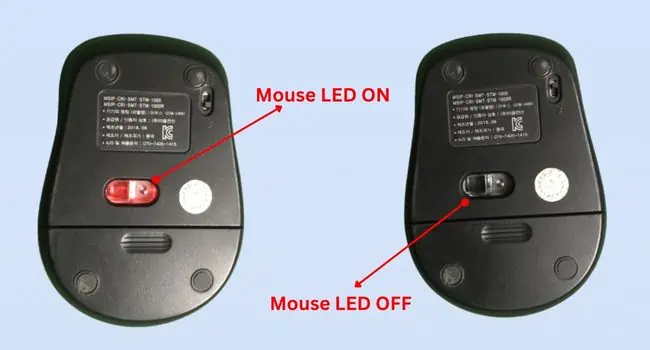
Common Mouse Problems
Before you begin, it’s important to know the type of mouse you’re using. Is itwired, wireless, or Bluetooth? While these three are the common ones you might have heard of, a mouse is further classified into different categories.
Based on sensing andworking mechanisms, a mouse is of five types—mechanical, optical, optomechanical, laser, and gyroscopic. Among them, most of us use optical and laser mice these days. But going back in time, some of us have used a mechanical (one with the rubber/metal ball) too!
Well, mouse types are not just limited to sensing and connectivity. In this modern era, you have probably come across other types based on their design and functionality. For example, Microsoft’s Surface Arc Mouse provides its users with much more intuitive navigation.
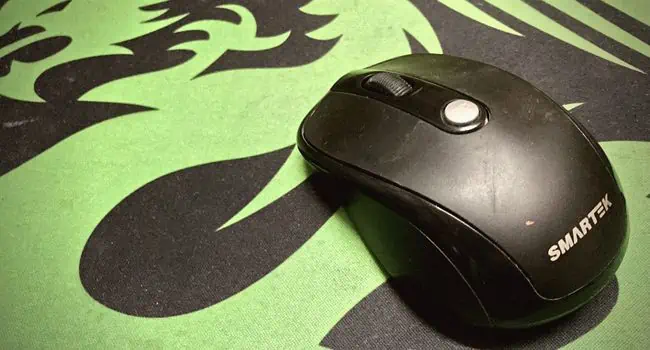
General Troubleshooting Tips
No matter the type of problem and its cause, the basic fixes below can sometimes resolve it. So, before proceeding with the technical solutions, here’s what you need to do:
One of the most common causes for your mouse not working is a connectivity issue. Usually, this happens in newer devices. Some mice are even designed to turn off to conserve power. In that case, you may either wake the mouse using any buttons. But for some, you might need to reconnect them.
If the general tips didn’t help, try a soft reset and re-establish the connection. This can vary based on the type of mouse you’re using. Let’s look at each of them in brief.
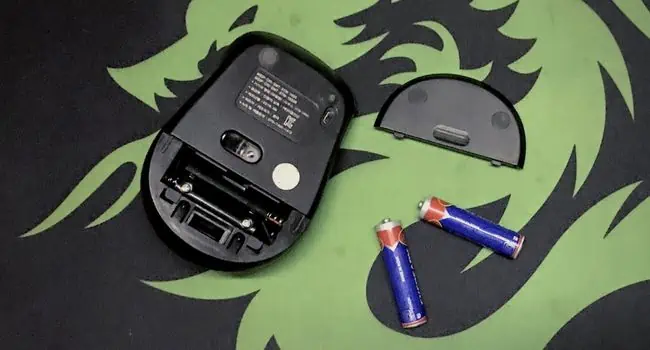
The process is quite simple for a wired mouse. All you need to do is remove the USB or PS/2 cable and replug the connector.
Run Dedicated Troubleshooters
When talking about mouse issues, there can be different scenarios. If you’re unable to identify the actual cause, you may let the built-in troubleshooters do their job. On Windows, you can find three different troubleshooters, and below is a simple guide that should help you run each of them.
Devices and Printers Troubleshooter
